I love kerambits. I have appreciated this highly specialized cutting tool since the kerambit fad first hit the knife industry during what had to be either the late 1990s or the early 2000s. I remember talking to the folks at Spyderco about the rash of “wrist cuttings” they had experienced with the introduction of Spyderco’s first karambit model. Employees were spinning the thing by the finger ring and discovering, much to their chagrin, that it was as wickedly sharp as any other Spyderco knife.
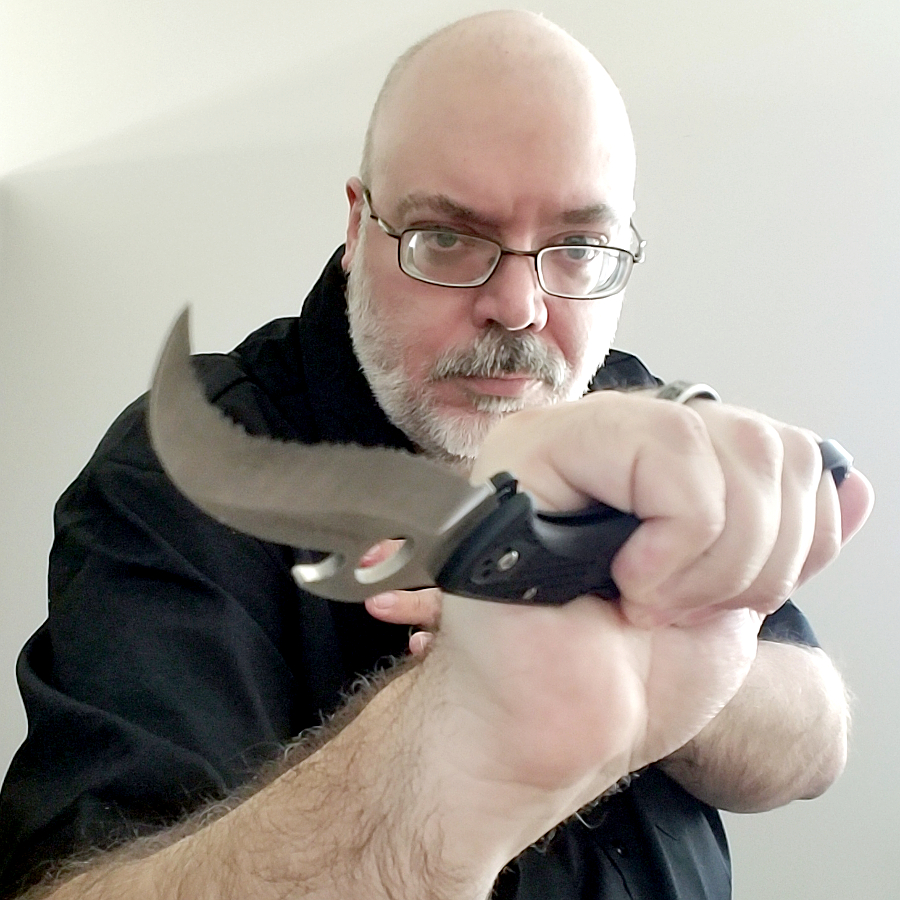
As much as I liked the quality of that knife, it wasn’t really designed properly for reverse-grip draw from the pocket. This is a common problem for commercial folding kerambits. For the knife to be used as it was designed, the knife must draw into a reverse grip. Ideally, it must also have some means of deploying the blade with the gripping hand. Easily one of the best kerambits on the market, therefore, is Emerson knives’ bestselling version (which arguably put kerambits on the map for the average knife user). What makes it work so well is that the pocket clip can be configured for right-hand, reverse grip draw with the index finger in the kerambit’s ring.
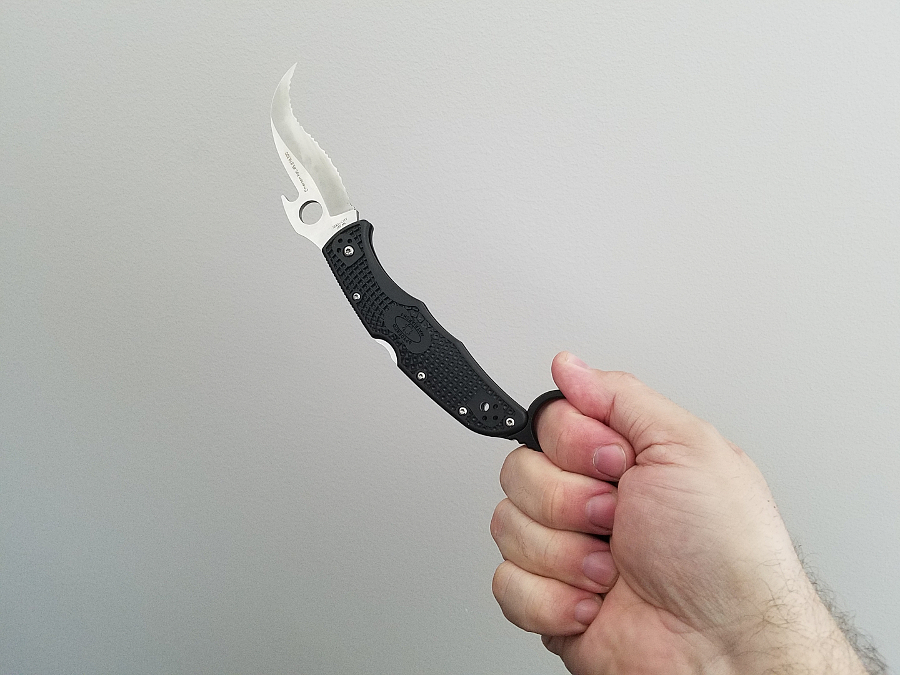
The Wave opening feature causes the knife to pop open in the pocket as it is drawn. It’s as perfect a setup in a folding kerambit as you could want, but only a few commercial models from other companies follow this pattern. The best of them, like the Fox kerambits, license Emerson’s Wave for the purpose. Several other non-kerambit knives, like the Matriarch 2 shown here, include the Wave feature as well.
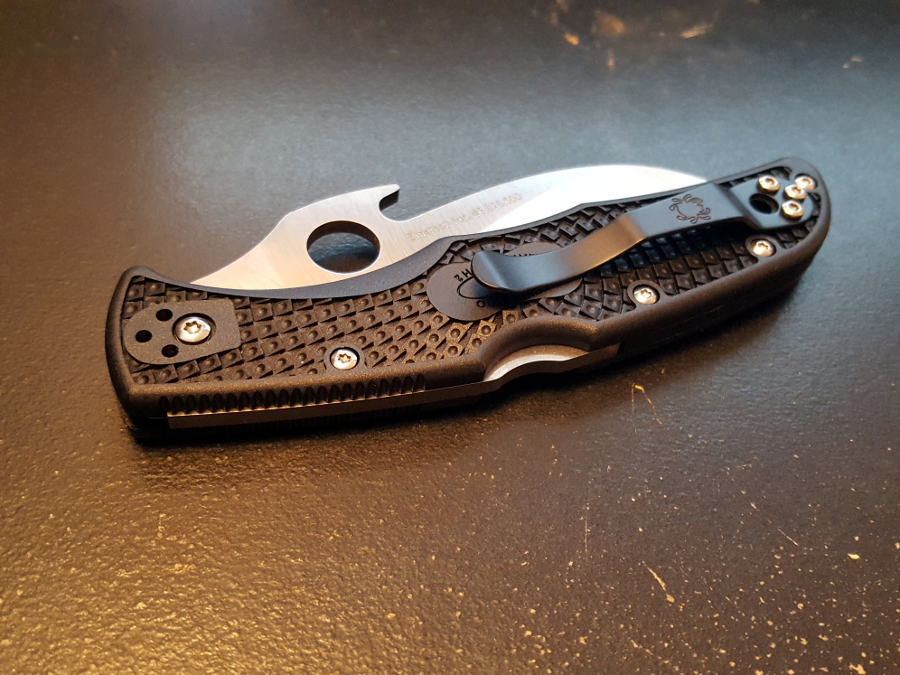
Among an already great lineup of products, some of Spyderco’s best tactical workhorses are those models that have a licensed Wave. I happen to own a Waved Matriarch 2, a fairly fearsome recurved hawkbill model that would do horrific slashing damage if used in a “tactical” capacity. I was pretty happy with the knife as it was… but then a friend told me about the Wise Men Company “Signet Ring,” essentially an aftermarket kerambit ring that can be installed on certain models of Spyderco knives. It has a 1-inch internal diameter and is designed to provide both positive control and a striking surface.
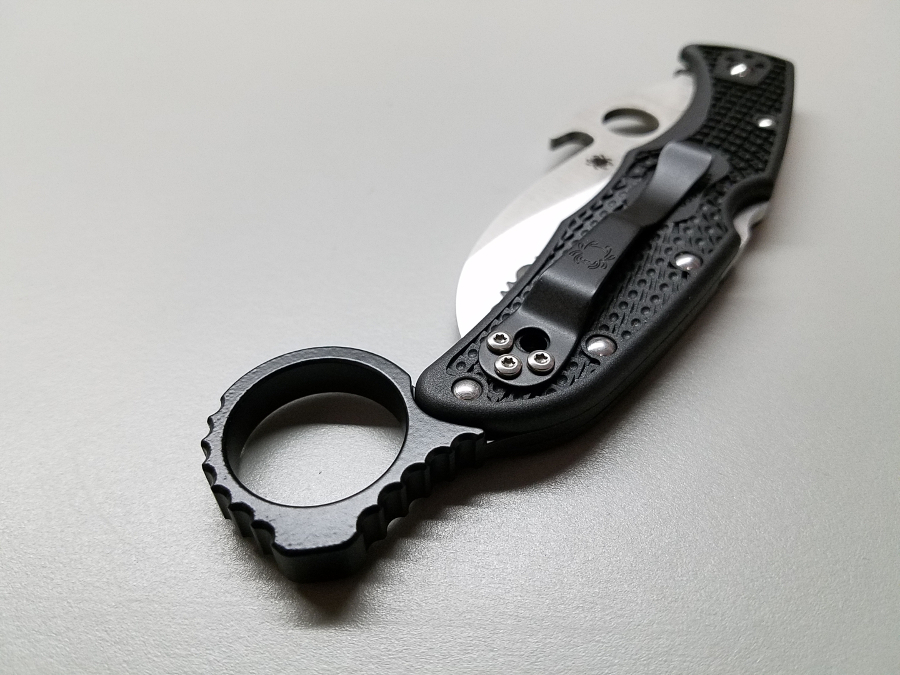
Available for the Delica, Endura, Matriarch, and Paramilitary models, the Signet Ring makes rapid deployment of the knife (even if you don’t use it as a kerambit) much easier. There’s a back-spacer in the spine of compatible Spyderco knives that can be removed if you disassemble the knife. You then insert the Signet Ring, press everything back together against the pressure of the “spring” (a flexible rod of metal inside the folder, which provides the tension for the lock), and tighten the screws. The result looks and feels as if it was always part of the knife.
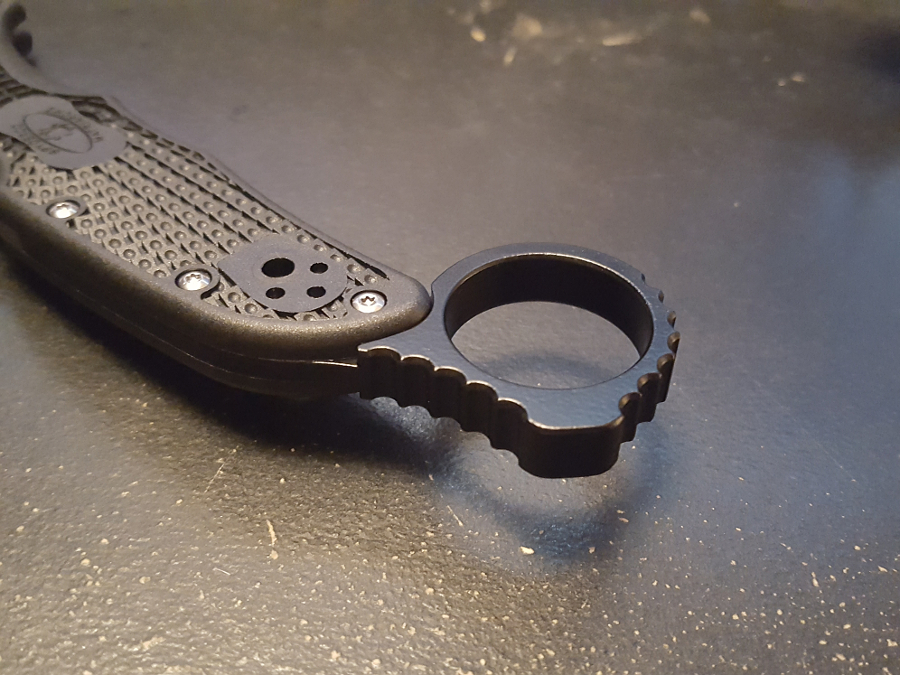
The sample shown here on my Waved Matriarch 2 is a first-generation, powder-coated model. Current production Signet Rings are anodized and bear the company’s laser-engraved logo. The contour of the ring, combined with its generous jimping, allows for extremely good control. In the reverse grip, with the blade open or closed, you can brace your thumb against the contour of the ramp on the Signet Ring. You can also deploy the blade in the reverse grip as you would any properly configured kerambit.
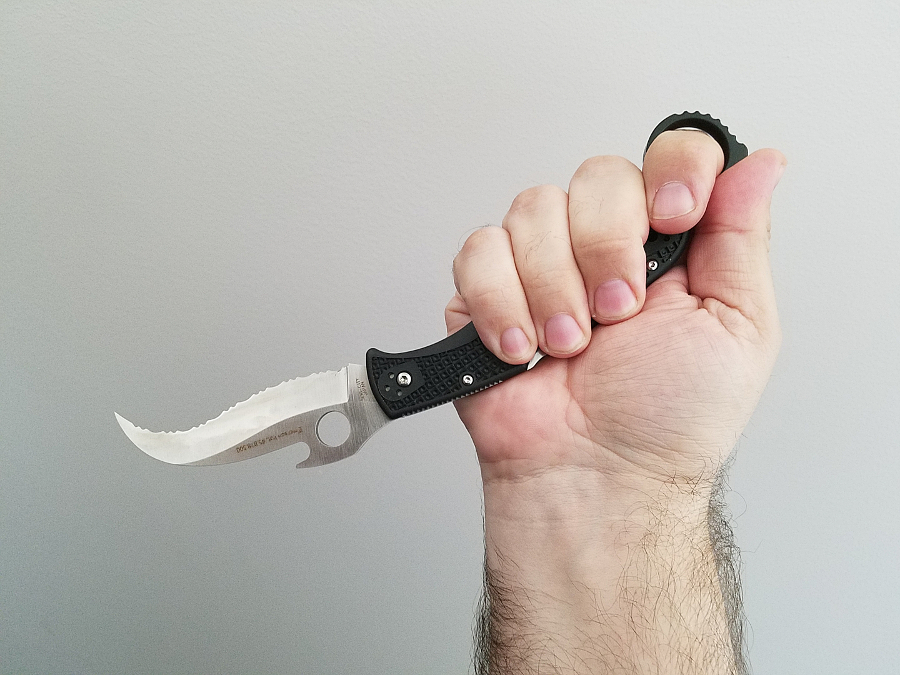
While my Matriarch 2 was formidable by itself, the Signet Ring turns it into a truly wicked recurved kerambit. It draws fast, locks positively, and cuts with authority. It helps that Wise Men chose one of the best possible brands for which to make their Signet Rings. Spyderco has long been “the Glock of the knife industry,” offering well-made knives that work well. They have long been the standard against which other working and tactical folders are judged. Spyderco, after all, popularized one-hand pocket-clip-equipped knives. The Endura was one of the first “tactical knives” I ever purchased.
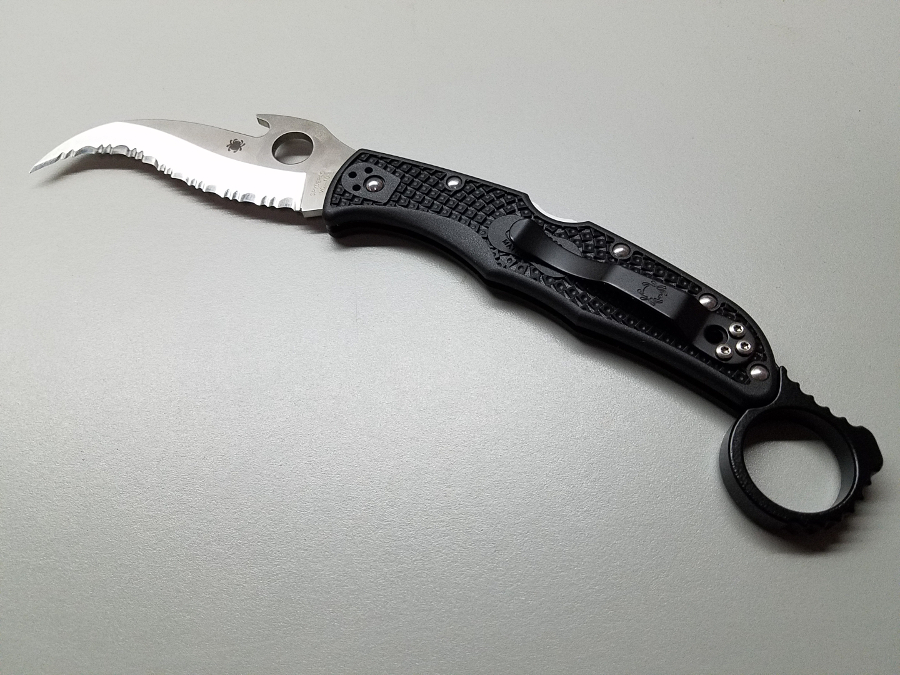
The Signet Ring is made of precisely machined, aircraft-grade billet aluminum. Installing it was easy enough, even for someone like me. My large hands and fat fingers have always made fine work a challenge. To install your Signet Ring, you’ll need appropriate Torx drivers, a cardboard box in which to work (so you don’t lose any tiny screws or other parts on the floor), and an Internet connection. I mention the latter because you’ll want to follow along with the YouTube video on Wise Men Company’s website. I used that video to do the installation and had all the information I required.
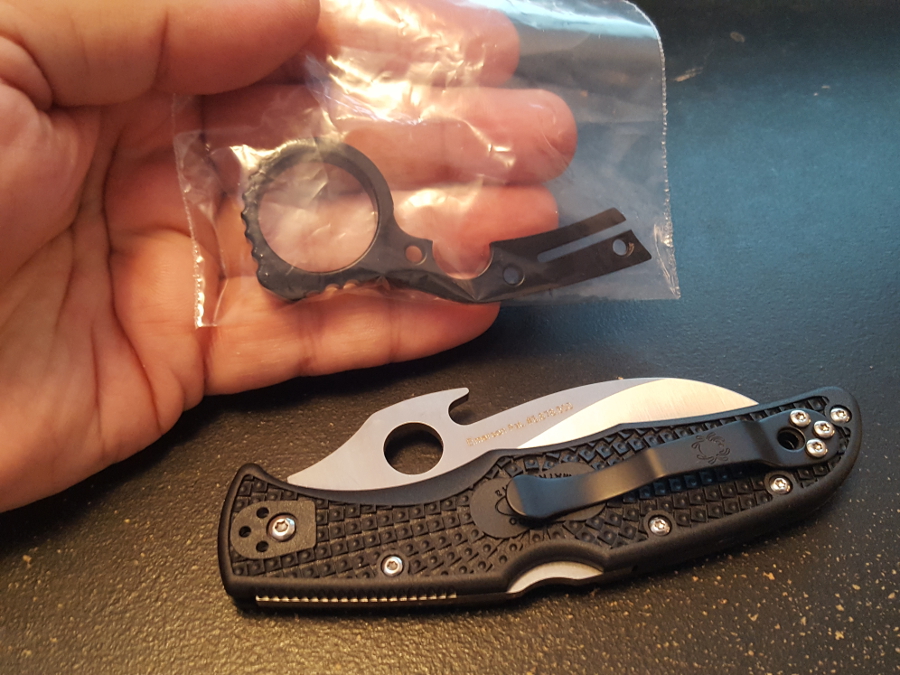
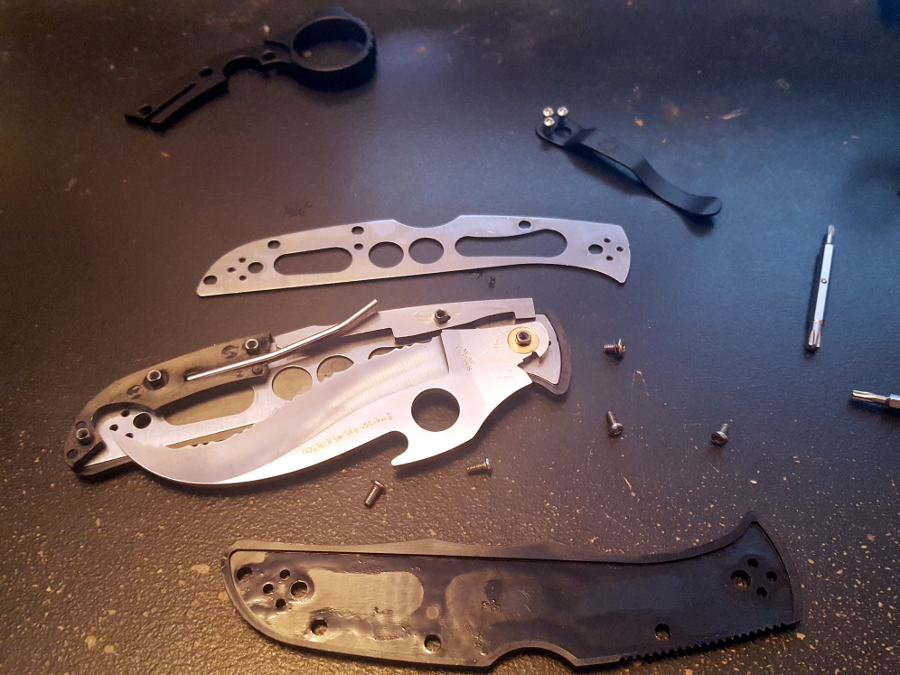
Installation, it turns out, is relatively easy… with one caveat. You’ll wish you had three hands when it comes time to reassemble the knife against the tension of the spring. After struggling with it for a few minutes I realized I could hold the knife aligned properly and then simply nudge the pin through the aligned hole using just about any surface. Keep that in mind when reassembling your Spyderco. The point is that if I can do it, being all sausage-fingers, you can do it much more easily.
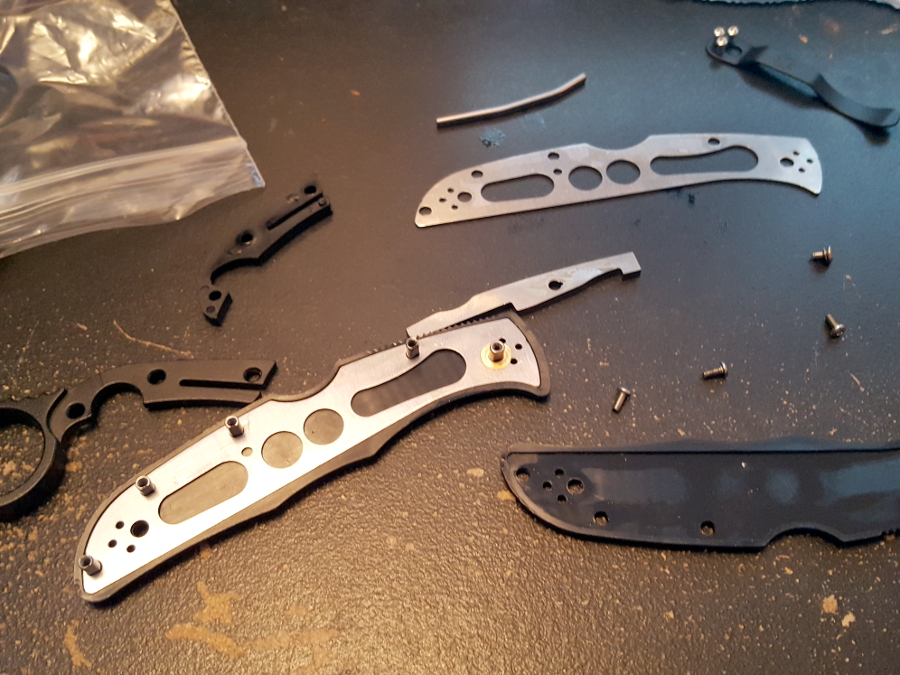
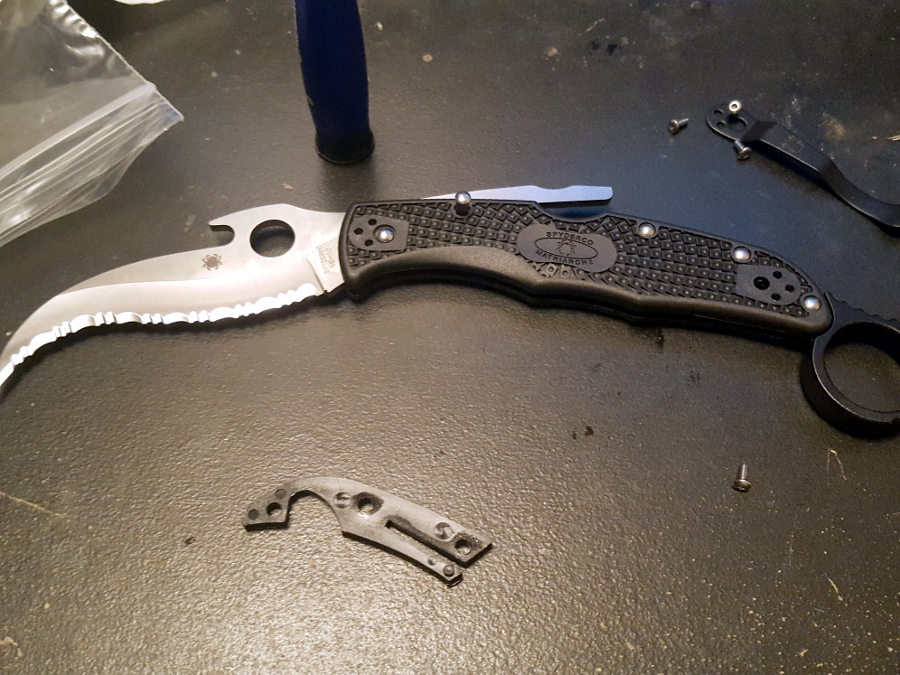
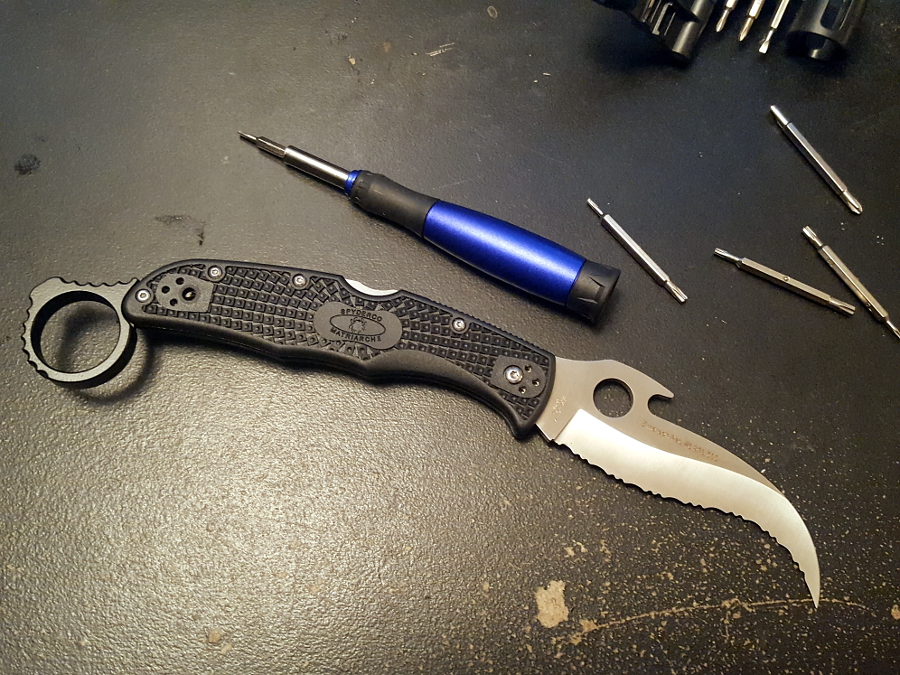
I’m extremely impressed with the fit, finish, and function of my Wise Men Signet Ring. It has made my Matriarch 2 that much better a knife. You will find it useful for greater control, faster deployment, and yes, even reverse-grip methods with a compatible Spyderco. You can get yours at Wise Men Company’s website. I encourage you to do so.
do you think this can be done on a civi. its just a bigger verison of the matriach2.